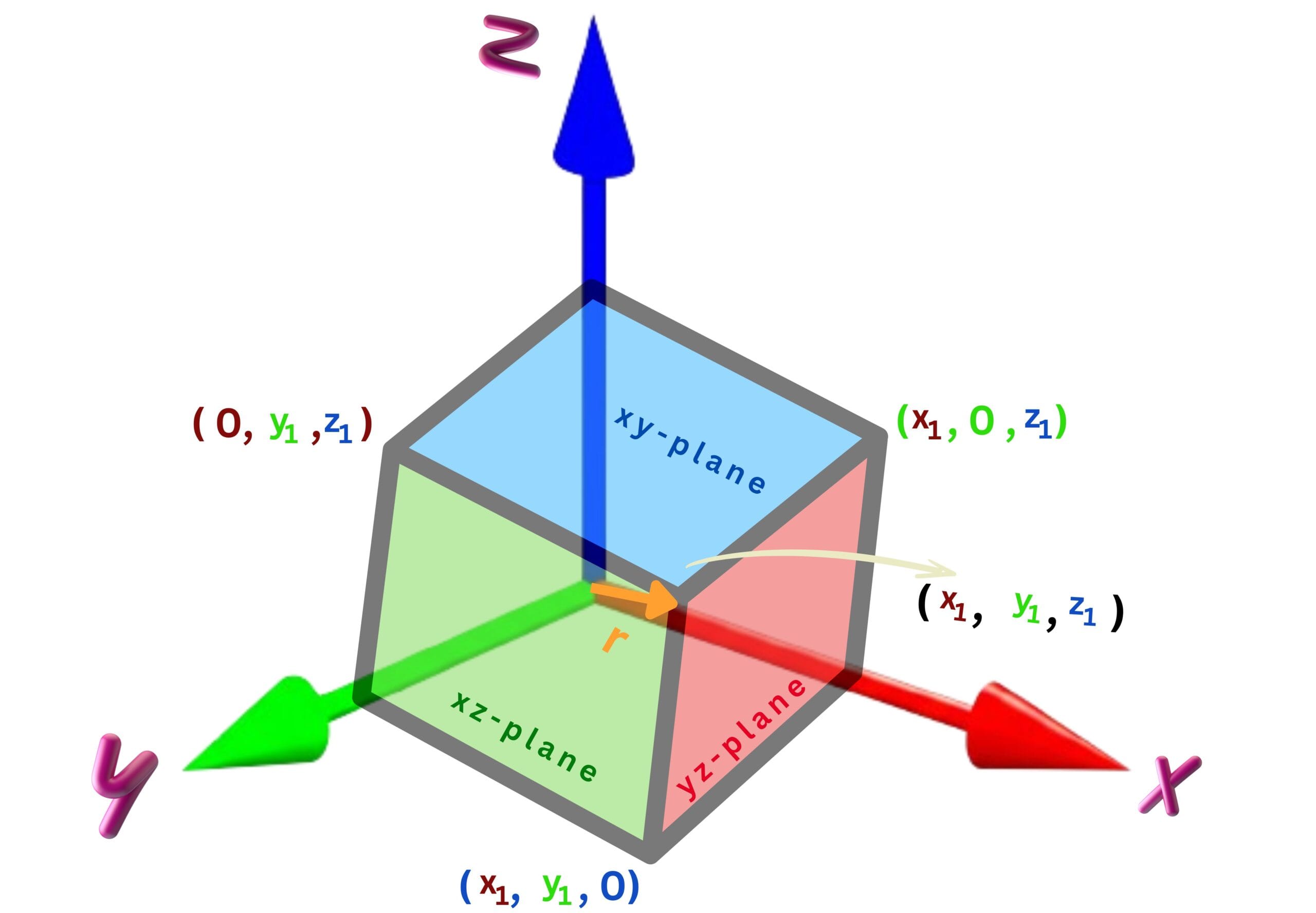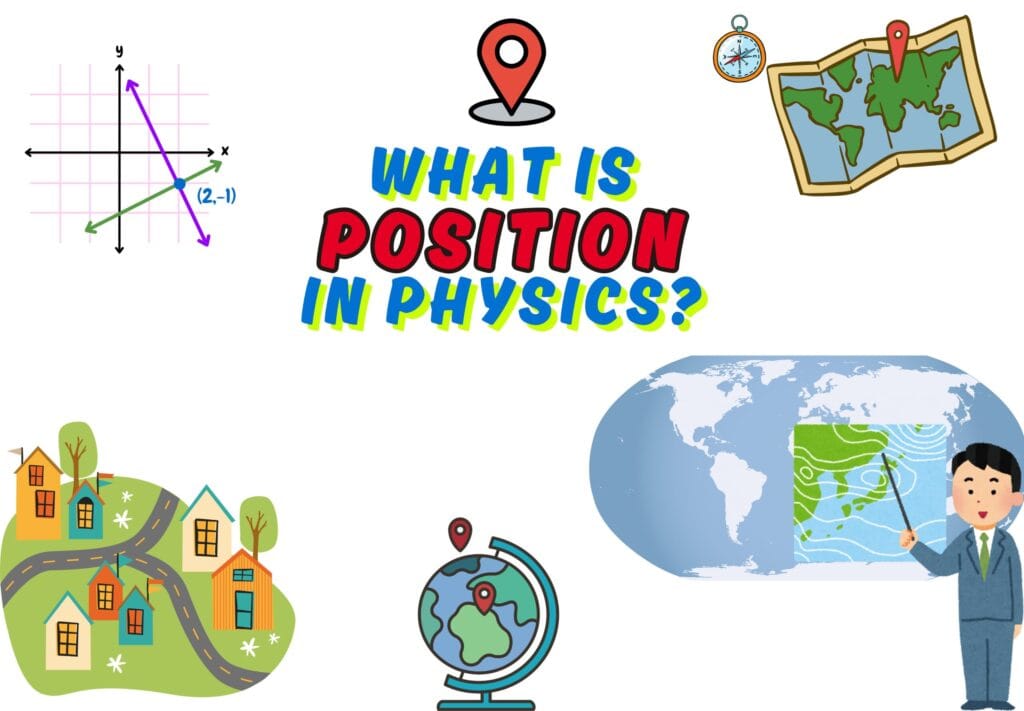Do you know, what is position in physics? It simply tells us the exact location of an object in a frame of reference.
Table of Contents
Introduction
In physics, understanding position is the key to interpret how objects move and interact with their surroundings.
Imagine entering a dark room to retrieve something—how would we find it? If we know the spot of the object, we can easily locate it.
Similarly, whether it is a child throwing a ball or a spacecraft navigating in space, it helps us understand the motion of everything we observe.
We need to learn how to measure and represent position in one, two, or three dimensions (i.e., 1–D, 2–D, and 3–D). Thus, it will unlock a deeper understanding of movement in everyday life and across the universe.
What is Position in Physics?
It is defined as,
“the location of an object in space relative to a reference point or origin, in a given frame of reference.”
It specifies where an object is at a given time. It can be described in one, two, or three dimensions (i.e., 1–D, 2–D, or 3–D) depending on the context.
Unit of Position
In the International System of Units (SI), it is measured in metres (m).
Representation of Position
In 1–D, the symbol commonly used to represent position is ‘x’, and for 2–D or 3–D, the symbol used is ‘r’, where it is often treated as a vector.
Position In 1–Dimension (1–D)
In one dimension, it is represented along a single axis, typically the x-axis.
It is expressed as a scalar and indicates distance from the origin along that axis. For instance, x = 5 m or x = –2 m.

Position In 2–Dimension (2–D)
In two dimensions, it is represented using two coordinates, called as Cartesian coordinate system or rectangular coordinate system. The two coordinates, typically, are along the x and y axes.

It is given by an order pair (x, y), which defines a point in a plane. For example, r = (x, y) = (2 m, 1 m).
Position In 3–Dimension (3–D)
In three dimensions, it is represented using three coordinates, along the x, y, and z axes.
It is described by a vector r = (x, y, z), which shows a point in space. For example r = (x, y, z) = (2 m, 3 m, 5 m).

Conclusion
Position may seem like a basic and simple concept, but it forms the foundation for understanding motion, forces, and how objects interact.
Whether we are looking at a simple object moving along a straight line or complex trajectories in three-dimensional space, mastering the idea of position is our first step in exploring deeper principles in physics.
By having a clear understanding, it becomes not just a point on a map but an opening to the study of dynamics, energy, and much more.
Frequently Asked Question (FAQs)
What is the definition of position in physics?
In physics, it refers to the specific location of an object relative to a reference point (or origin). It is often described using coordinates either in one, two, or three dimensions.
How is position measured in the International System of Units (SI)?
It is measured in metres (m) in the SI system. This unit is used to quantify distances from a reference point in space.
What is the symbol for position in one-dimensional motion?
The symbol that is commonly used for it in one-dimensional motion is x, representing a point along the x-axis.
How is position represented in 2–D space?
In 2–D space, it is represented using two coordinates (x, y), typically along the x-axis and y-axis, forming a point on a plane.
What are the differences between 1D, 2D, and 3D positions in physics?
In 1–D, it is along a single axis (x-axis), in 2–D it is represented by two axes (x and y), and in 3–D, it is described using three axes (x, y, and z).
What unit is used to represent position in a 3–D coordinate system?
In a 3–D coordinate system, position is still measured in metres (m) but described by three coordinates (x, y, z).
How can I teach kids about position in physics?
You can teach kids about it by using everyday examples like the location of objects in a room or how we describe points on a map. Start with 1–D motion before introducing 2–D and 3–D concepts.
What is the vector representation of position in physics?
In physics, position in 2–D or 3–D is often represented as a vector, denoted by r, which includes both direction and magnitude.
Why is position important in understanding motion and physics?
It is the starting point for understanding motion, as it helps to define initial location and provides the basis for calculating displacement, velocity, and acceleration.
What are some common examples of position in everyday life?
Its examples include,
- the location of a parked car
- the coordinates of a place/location on a map
- the placement of planets in our solar system relative to the sun

